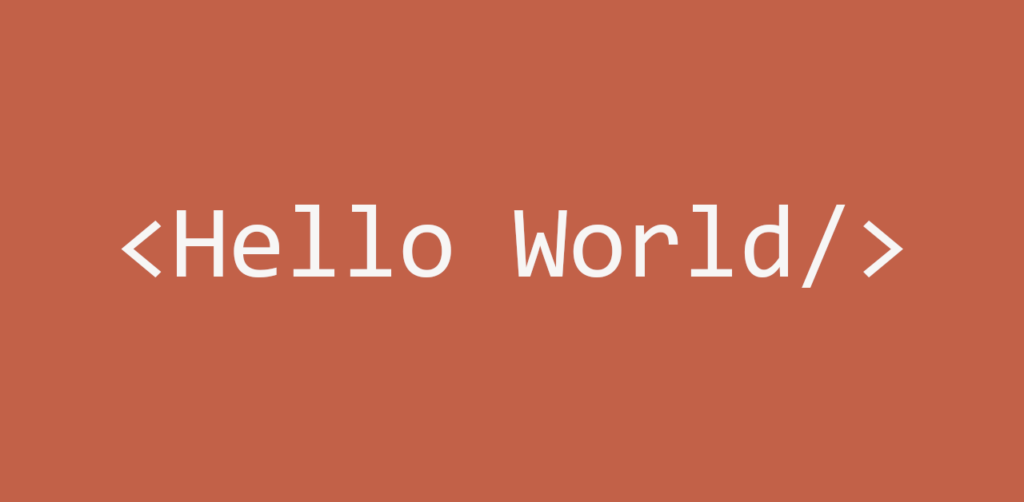
Design patterns are general, reusable solutions to common problems in software design. Think of them as building blocks that help developers create software that is more efficient, robust, and maintainable. They represent best practices that have emerged from the collective experience of developers solving recurring design challenges.
To make this idea more tangible, imagine you’re building an app that generates reports in different formats (PDF, CSV, Excel). A design pattern might show you how to structure your code so that adding a new format later is easy, without touching your existing codebase.
It’s important to note that a design pattern isn’t a plug-and-play code snippet or a ready-made blueprint. Instead, it’s a general solution template. It’s something that guides your approach to solving a particular type of problem. The developer’s role is to understand the underlying principles and adapt the pattern to fit their specific application and architecture.
One of the greatest strengths of design patterns is their language-agnostic nature. Rooted in the core principles of object-oriented programming (OOP), they’re powerful tools that can be applied even in less traditional environments, like visual programming in LabVIEW.
Ever run into a design problem that felt oddly familiar? Maybe you came up with a working solution, but you sensed there had to be a cleaner, more elegant way to solve it. That feeling is often a sign that a design pattern could have helped.
Whether you’re working in a traditional text-based language or a visual environment like LabVIEW, we all face similar architectural challenges: how to manage communication between components, how to create flexible object structures, how to keep our code scalable and maintainable. Design patterns offer tried-and-true “recipes” for tackling these challenges effectively.
Are They Essential?
You can go through your whole developer career without ever formally studying design patterns. Many do. But even then, chances are you’ll end up applying some of them without realizing it, because they capture solutions that just make sense for problems that appear again and again.
Learning about design patterns trains you to think in terms of architecture, using the principles of OOP. It’s not about memorizing names or diagrams. It’s about developing a design mindset, recognizing recurring structures, analyzing alternative solutions, and making stronger, more scalable, maintainable, and understandable design decisions.
Patterns also help establish a common vocabulary among developers. When everyone on the team knows what you mean by Strategy, Template Method, or Factory, architectural decisions become easier and faster to discuss and align on.
Key Benefits of Design Patterns
- Reusability: Patterns can be applied across multiple projects and domains, saving time and effort when tackling similar problems.
- Standardization: They offer a shared language that improves collaboration and communication within development teams.
- Efficiency: By relying on well-established solutions, you accelerate development and reduce unnecessary effort.
- Flexibility: Because they are abstract models, patterns can be adapted to suit a wide range of contexts and design requirements.
Pattern Categories
Design patterns are typically grouped into three main categories:
- Creational Patterns: Deal with object creation mechanisms, aiming to make it more flexible and controlled.
- Structural Patterns: Focus on how classes and objects are composed to form larger structures, helping keep software maintainable and organized.
- Behavioral Patterns: Concerned with communication and responsibility between objects, defining standard ways for them to interact.
Conclusions
This post was a brief introduction to design patterns. In future posts, we’ll dive into each category and explore specific patterns in detail.
In the meantime, here are some great resources for further reading:
- Refactoring Guru – Excellent explanations and visual diagrams for many patterns, with code samples in multiple languages (though not LabVIEW).
- SourceMaking – A solid pattern catalog with UML diagrams and code examples.
- LabVIEW Wiki – A smaller set of patterns tailored to LabVIEW development.
- Gamma, Helm, Johnson, Vlissides (GoF) – Design Patterns: Elements of Reusable Object-Oriented Software. This classic book is the original source on design patterns. It’s more technical, but a must-read if you want to go deeper.

